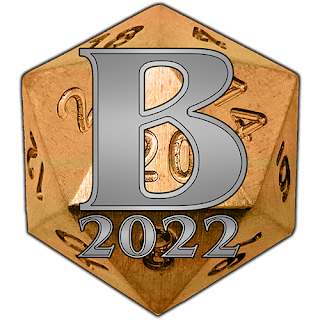Most people seem to agree that heroics in WOTLK are considerably easier than they were in BC. My comparison of WOTLK and BC heroic bosses seems to support that idea, though the most notable difference definitely lies in the way we handle trash. In BC nearly every pull required people to carefully follow a kill order and liberal use of crowd control. In WOTLK you just charge in and aoe everything down.
Why is that? Did Blizzard just fail completely while tuning instance trash, making all the mobs no more threatening than a wet towel? I don't think so.
Actually I only see two things that Blizzard has changed about heroic trash pulls. First off, they seem to have abandoned the concept of very large (six to seven mobs) elite trash pulls that contain multiple mobs with disruptive abilities. Think of Blackheart the Inciter's room in Shadow Labyrinth or a large portion of Magister's Terrace. They don't make 'em like that anymore.
On the other end of the scale, they also stopped adding single or paired mobs that can't be crowd-controlled but hit like a bunch of trucks. BC had a lot of those: the Coilfang defenders in Slave Pens, the bog lords in the Steamvault, the talon guards in Sethekk Halls... the list could go on. Whether that's a good or a bad thing is debatable.
However, if you compare an average WOTLK heroic to a BC one, most trash pulls are actually pretty similar in their setup: three to four mobs, and usually at least one of them has some kind of mildly annoying ability like a fear, stun, knockback, silence etc. So what's different?
Why did we use crowd control back in the day? Why didn't we just aoe things down like we do now? The way I see it it was due to three reasons:
1. The tank didn't have a sufficient amount of aoe aggro abilities to tank all of the mobs at once. Paladins were really the only ones who could get away with taking on four or five mobs at the same time, druids were limited by swipe hitting only up to three targets and warriors had to tab through all of the mobs to sunder each one individually. Often that barely created enough aggro to keep them all off the healer, but starting to aoe after two seconds would have been unthinkable. If you tried to tank too many mobs at once, even a well-geared tank would struggle quickly, since he was too limited by the global cooldown on his single-target threat attacks.
2. There simply wasn't as much aoe. It's easy to forget that every class having a spammable aoe ability is actually a very recent development. I remember when you could only use volley on every other pull, and when shadow priests, cat druids and rogues had no aoe whatsoever. Often you simply didn't have any options other than to take down every mob one by one.
3. Sometimes you CC-ed a mob because it had a particularly disruptive ability, but this usually happened only in conjunction with point 1 (since you had to crowd-control something anyway).
I actually had a couple of heroic dungeon runs in BC that were very much like Northrend heroics are now, with all the trash just being aoed down. The reason is that it didn't happen that often was that you needed a decently geared paladin tank (and they weren't quite as popular yet back then), and at least one mage or warlock for continuous aoe. Now that any tank can easily produce lots of threat on multiple mobs at once and every damage-dealing class has the ability to aoe, it's only logical that every instance turned into "that kind of run". And it's got little to nothing to do with the mobs themselves.
I remember when druid and warrior tanks were complaining that people preferred paladins for heroic runs because of their superior aoe tanking. I also remember dpsers of various specs clamouring for more aoe abilities so mages and warlocks wouldn't dominate so utterly in aoe situations. Both got their wishes and now people bemoan "the lost art of CC" and that everything is "aoelol". Just shows that you've got to be careful what you wish for.
26/07/2009
Subscribe to:
Post Comments (Atom)







This is quite a good insight.
ReplyDelete